GENERAL DATA
Plant Parts: Fruit, Fruit Pod, Flower
Cultivation mode: Wild collection
In manufacturing: Pharmaceutical, cosmetics, confectionery, foods, herbal tea, beverages, alcoholic drink, oil, perfumery, extracts.
In food: Dessert, yoghurt, biscuits, etc.
🏮 Industries That Use Chinese Lantern (Physalis alkekengi L.)
Chinese Lantern, also called Winter Cherry, Bladder Cherry, or Alkekengi, is known for its lantern-like calyx enclosing a small orange-red fruit. Traditionally used in Asian and European folk medicine, it’s now gaining attention for its antioxidant, anti-inflammatory, and decorative values.
1. Pharmaceutical & Traditional Medicine Industry
The fruit of Physalis alkekengi is traditionally used for urinary tract, liver, and anti-inflammatory support.
Applications:
-
Used in herbal decoctions for kidney and bladder issues (diuretic)
-
Employed for gout, arthritis, and mild rheumatism in traditional systems
-
Studied for physalins and flavonoids with antioxidant and immunomodulatory effects
✅ Recognized in Chinese, Persian, and Eastern European herbal traditions
2. Nutraceutical & Functional Food Industry
The fruit, though tart and slightly bitter, is used in dried or extract form in wellness blends.
Applications:
-
Featured in liver detox formulas, antioxidant capsules, and UTI support supplements
-
Used in powdered blends for immune system regulation
-
Sometimes infused into medicinal vinegars or syrups
✅ Contains vitamin C, carotenoids, physalins, and polyphenols
3. Herbal Tea & Beverage Industry
The dried calyx and fruit are used in specialty herbal tea infusions and wellness drinks.
Applications:
-
Used in kidney and liver detox tea blends
-
Added to seasonal wellness teas with Cranberry, Hibiscus, or Dandelion
-
Sometimes used in fermented functional beverages
✅ Tart-sour taste supports blending with sweet or floral herbs
4. Cosmetic & Skincare Industry (Emerging)
Due to its antioxidant content, fruit extract and seed oil are now explored for anti-aging and skin defense.
Applications:
-
Antioxidant-rich ingredients in facial serums and toning lotions
-
Seed oil under evaluation for UV-protective and barrier-supporting properties
-
Sometimes appears in anti-pigmentation creams
✅ Contains beta-carotene, sterols, and plant acids
5. Decorative & Floral Craft Industry
This is one of the most iconic uses due to the papery orange lantern structure.
Applications:
-
Used in dried flower arrangements, floral wreaths, and autumn decor
-
Included in natural wedding décor, harvest centerpieces, and crafts
-
Popular in Japanese and European ornamental markets
✅ Long-lasting color and structure—used year-round in dried form
6. Dye & Natural Pigment Industry
The orange calyx is occasionally used for natural coloring in artisanal soap and paper products.
Applications:
-
Infused into natural handmade paper
-
Used in plant-based ink and dyeing projects
-
Occasionally added to botanical printing techniques
✅ Provides soft orange pigments, though not highly stable
✅ Summary of Key Applications
| Industry | Common Uses |
|---|---|
| Pharmaceutical & Traditional | UTI support, anti-inflammatory decoctions, liver tonics |
| Nutraceutical & Functional Food | Immune & detox supplements, antioxidant extracts |
| Tea & Beverage | Tart detox teas, functional drinks, bitter wellness tonics |
| Cosmetics & Skincare | Antioxidant creams, UV-protective oils, skin-tone correctors |
| Decorative & Floral Crafts | Dried floral arrangements, seasonal decor, lantern crafts |
| Natural Pigments & Crafts | Natural dyes, handmade paper, resin art components |
🌟 Key Features
-
Bright lantern-like calyx makes it highly recognizable and ornamental
-
Fruit contains physalins, beta-carotene, and polyphenols with medicinal potential
-
Traditional use for liver, urinary, and joint support
-
Used in decor, tea, skincare, functional food, and crafts
-
Caution: Some parts (especially unripe fruits) may be mildly toxic if consumed raw or in excess
PRODUCT NAME IN DIFFERENT LANGUAGES
Persian Name: عروسک پشت پرده/ Aroosak Poshte Pardeh
German Name (Deutschland, Austria, Switzerland): Blasenkirsche, Lampionblume
French Name (France, Belgium, Switzerland, Quebec): Alkékenge, Coqueret
HARVEST CALENDAR
Feb
Mar
Apr
May
Jun
Jul
Aug
Sep
Oct
Nov
Dec
To order Bladder Cherry, please contact us.
About Physalis Alkekengi
Physalis Alkekengi is a perennial plant that is not very tall and is usually less than 70 cm. The stem is angled, the bark is slightly red, the leaves are dark green, uneven, pointed, and broad oval with a relatively long petiole that attaches to the stem. The flowers are solitary, reddish-white, appearing in summer.
The fruit is red, in the shape and size of a Cherry, in a spherical pod. The color of the pod first turns green and then red. Inside the fruit are small white seeds.
This plant loves calcareous soils. It can be propagated by sowing its seeds in autumn or spring.
Physalis Alkekengi Chemical Constituents
Steroids, flavonoids, phenylpropanoids, alkaloids, nucleosides, terpenoids, megastigmane, aliphatic derivatives, organic acids, coumarins, and sucrose esters. Steroids, particularly physalins and flavonoids.
Chinese Lantern Temperament
Cold and dry.
Chinese Lantern Health Benefits
In India, Alkekengi plant is used as a diuretic and anti-parasite for stomach and intestinal parasites, to relieve urinary tract and bladder disorders, and in external use to relieve skin disorders. Its leaves are also diuretic.
In China, Physalis Alkekengi leaves, stems, and roots are used as a febrifuge for children, according to the famous book of traditional Chinese medicine “Pentsao”.
The fruit has diuretic and chest emollient effects, and the seeds inside the fruit are used to facilitate childbirth.
The leaves or burnt charcoal fruit mixed with oil are rubbed on the pimple and furuncle.
In the Malay Peninsula the plant is mainly used as a poultice.
The fruit and leaves of Physalis Alkekengi mountain species are narcotic and soporific, and its consumption is one-fifth of plain Alkekengi. And if eaten more, it causes poisoning and confusion and insanity.
Its fruit extract is very useful for healing chronic ear wounds, and is useful for relieving shortness of breath, quenching thirst, difficulty breathing, expelling yellow bile, expelling stomach worms and tapeworms, and eliminating kidney and bladder diseases, and healing its wounds.
It is very good for the liver and if 5 grams of its fruit extract is eaten daily for a while, it is very useful for jaundice. It is diuretic.
It is known that if a woman eats seven fruits after her period, it is very effective in preventing pregnancy.
Note that because it is strongly narcotic, its consumption should be under the supervision of the doctor.
One of the famous doctors of traditional Persian medicine has said that if you mix 25 grams of its dried fruits with 25 grams of Artemisia cina Berg. or Artemisia persica Boiss., grind and eat it, it will expel stomach worms and tapeworms.
Rubbing Physalis Alkekengi’s extract on swellings, hemorrhoids and wounds is very useful to reduce them. In order to eliminate its narcotic effects, it is better to eat it with Goleghand.
To order Chinese Lantern, please contact us.
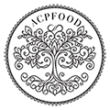
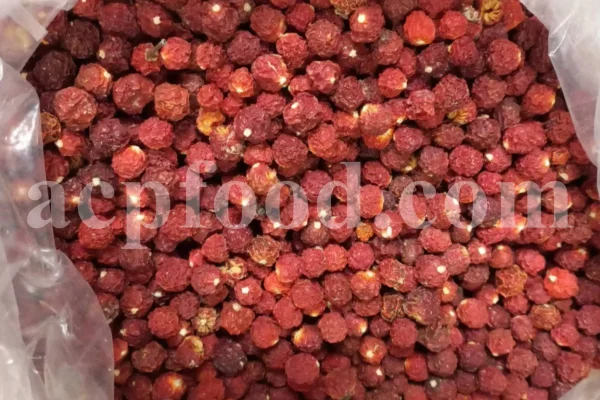
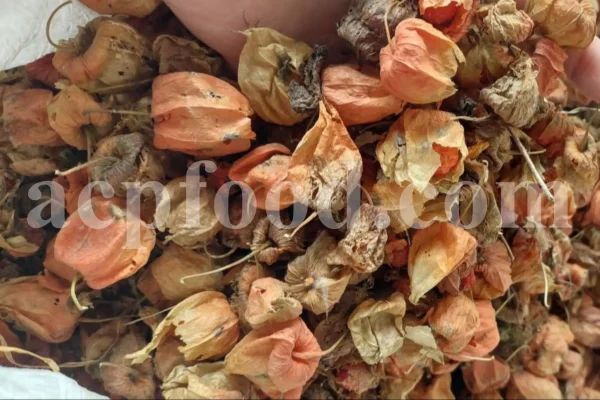
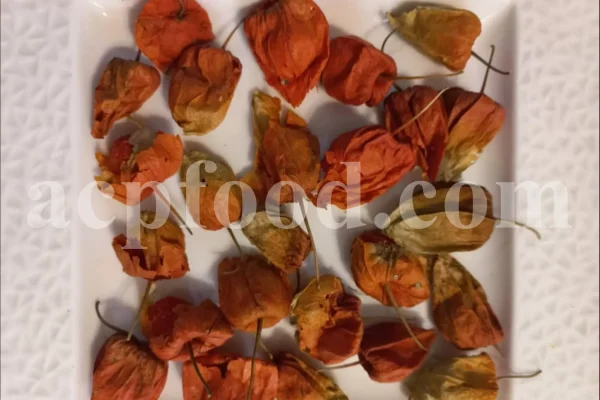
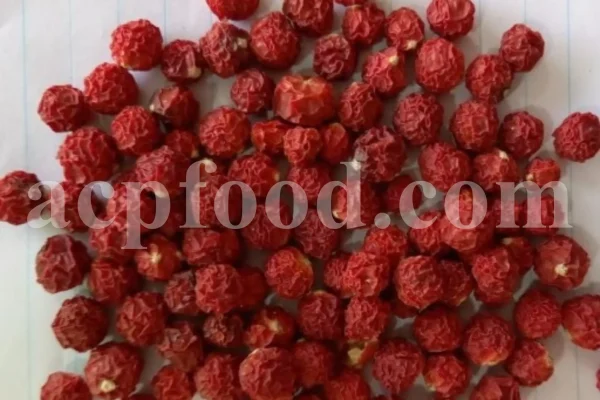
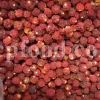
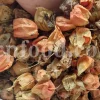
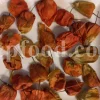
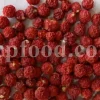
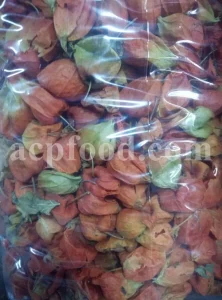
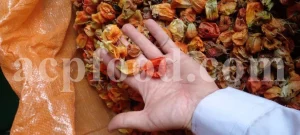
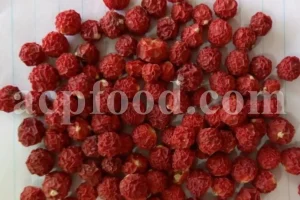

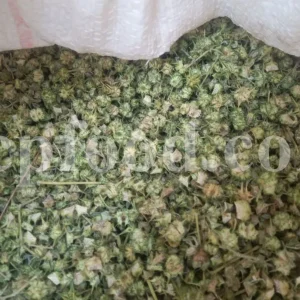
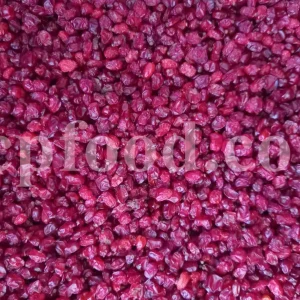
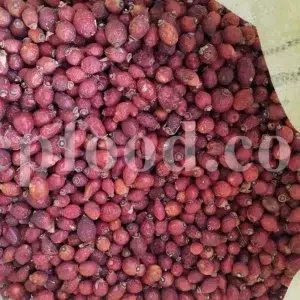
Reviews
There are no reviews yet.